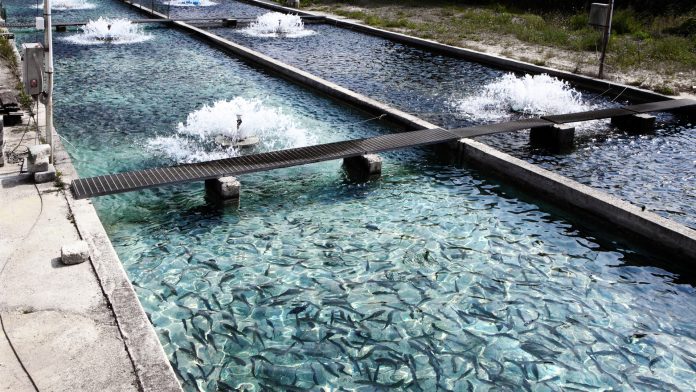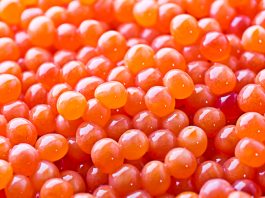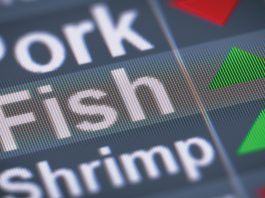Grieg Seafood has become the first global salmon producer to invest in land-based salmon farming following a joint venture for post-smolt and land-based salmon farming.
The joint venture Årdal Aqua will produce post-smolt and rear salmon to harvest size in a new land-based facility in Rogaland, Norway. The project is currently in the design development phase, and the company aims to start construction during the autumn of 2021. The facility will have a production capacity of 5,000 tonnes annually according to current plans.
Andreas Kvame, CEO of Grieg Seafood and Chair of Årdal Aqua, said: “We are working hard to improve biology and fish welfare, and to reduce our impact. For a long time, we have invested in post-smolt, where we keep the fish longer on land before we release it into the sea, as an important part of the solution. With Årdal Aqua we will be able to develop this farming method further. We aim for all of our fish in Rogaland to spend less than one year in the sea.”
To reduce the time that fish spend in open net pens in the sea is central to Grieg Seafood’s efforts to reducing its impact, improve fish welfare, and increase biological control. The company is also investing in post-smolt at its new freshwater facility under construction in Gold River in British Columbia, at the new freshwater facility in Newfoundland and at the post-smolt joint venture Nordnorsk Smolt in Finnmark.
Kvame adds: “Through our post-smolt investments we acquire competence on how to produce larger fish on land. Based on this knowledge, Årdal Aqua will also grow fish all the way to harvest size. We will take a step-by-step approach, as we know how complex biology is.
“With continuous improvements that reduce the impact from our sea farms, something we work a lot on, farming in the seas will still be the main component of the industry going forward. Land-based farming is, however, a great supplement, and we look forward to taking part in the development of this technology. What we know for sure is that the world will need a lot more healthy and nutritious food with the lowest possible impact.”









